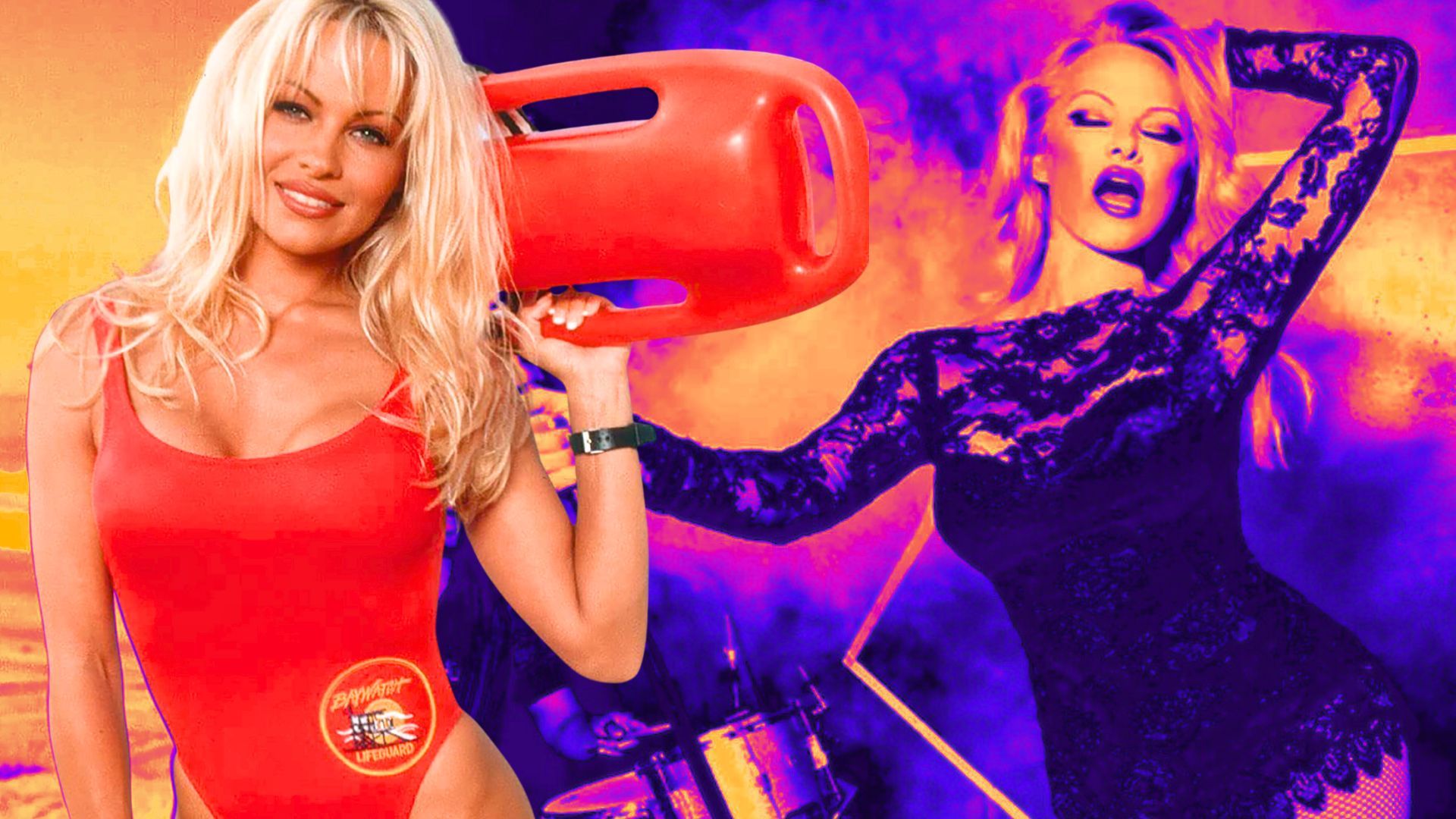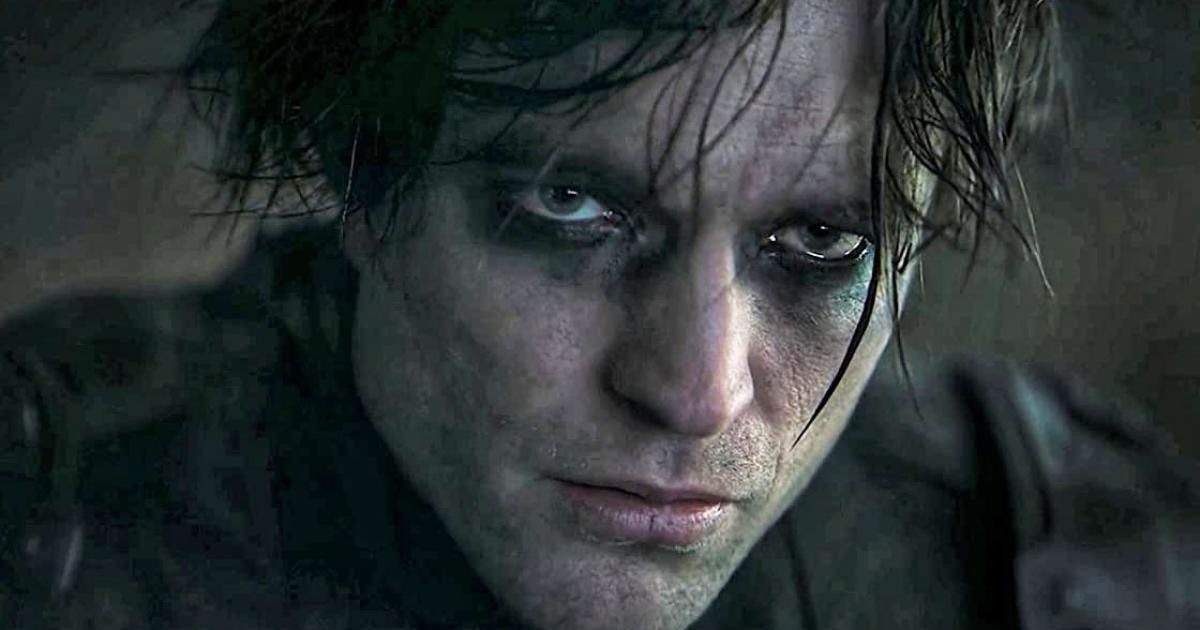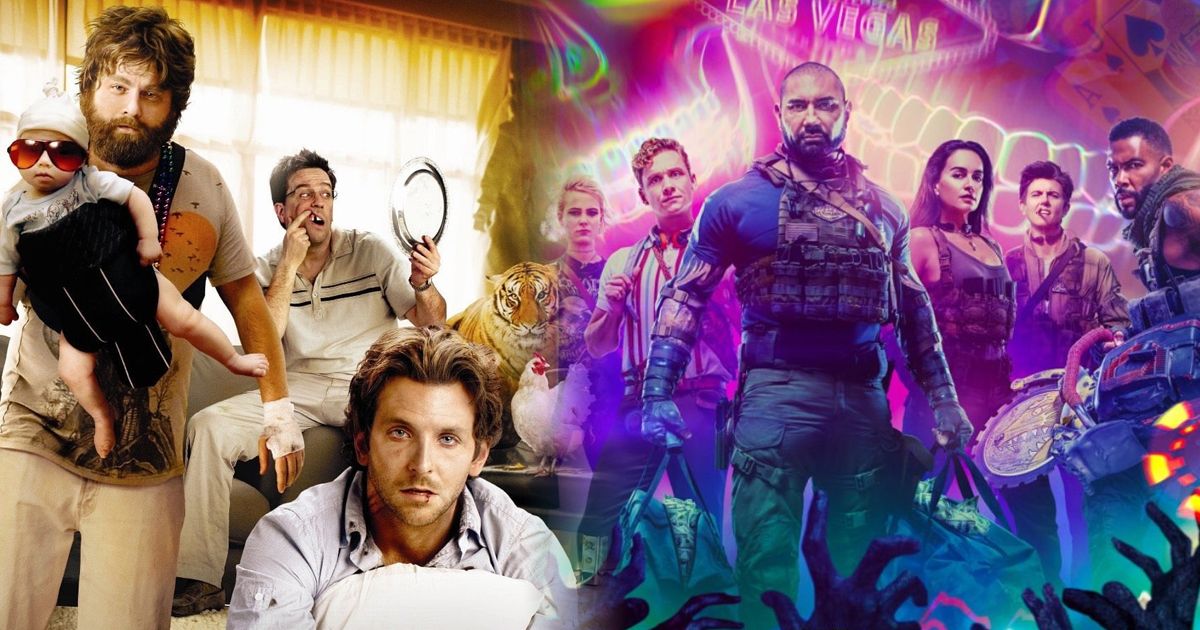On April 2, 2024, The Tropicana Hotel in Las Vegas closed its doors one final time before being demolished on October 9, 2024. The Tropicana was famously the site of Les Folies Bergère, the longest-running stage show in Las Vegas history at 50 years. The show, which had deep roots in France, created the modern image of the Vegas showgirl with elaborate costumes and immense headpieces adorned with exotic bird feathers and expertly crafted rhinestones, expansive and elaborate scenery, nude dancing, and original music performed by live orchestras.
The image of the showgirl became a pop culture institution, one forever linked to Vegas, yet as the years went on, it faded from popularity. Les Folies Bergère had its final show on March 28, 2009, and with it, the end of an era for Vegas. While the iconic image of the showgirl defined the city, it seemingly no longer had a place in the town it defined. This story and history serve as a basis for Gia Coppola’s The Last Showgirl, which stars Pamela Anderson in a performance that seemingly deconstructs her star image to reaffirm and build it back up.
The Last Showgirl follows Shelley (Pamela Anderson), a seasoned showgirl at a historic Vegas performance that has been declining in recent years. After nearly 30 years, she gets the news that the show will be closing down permanently, leaving Shelley in need of a new job in an industry that regularly ignores women her age but also is getting more sexualized for her taste. Over the show’s final month, Shelley reconnects with her daughter Hannah (Bille Lourde) and is left to look back on her life choices and her status as a mother, a performer, and a person.
Pamela Anderson Changes the Game in ‘The Last Showgirl’
- Release Date
- September 6, 2024
- Runtime
- 85 Minutes
- Pamela Anderson gives arguably the best performance of her career in the film.
- The style of the cinematographer can be polarizing, but works for the film.
- The Last Showgirl has an interesting take on different waves of feminism.
- Director Gia Coppola has trouble seperating herself from other filmmakers focusing on character-driven dramas.
- The film relies too heavily on montages of characters walking through the streets of Vegas to show contemplation.
- Some characters are underutilized within the film’s short runtime.
Much of the attention around The Last Showgirl has been centered on Pamela Anderson, and with good reason because she does give a career-redefining performance. Often, critiques on acting tend to focus on how much a person “transforms” or “gets lost in a role,” which, while an admirable trait, is not the end-all-be-all metric of an outstanding performance. Sometimes, it is the great marriage of a star and the role, where they can bring something of themself to a performance and, therefore, make the character feel like an extension of themselves.
Given her public history in the spotlight and her status as an icon that often had many overlooking her acting ability, Anderson’s casting carries a large amount of meta-narrative to the production. This was a very personal film for Anderson, and it is clear she sees much of herself in Shelley. That marriage between star and role gives the character of Shelley a greater depth, which is then brought to life wonderfully by Anderson.

Related
The Pamela Andersonnaissance: From Baywatch to Broadway and Acclaimed Cinema
Over the past two years, Pamela Anderson has reinvented her star image and is now generating Oscar buzz for her role in The Last Showgirl.
This isn’t to say that Anderson is phoning it in or playing a version of herself. She gives a very powerful performance, one that is soft-spoken, caring, and constantly underestimated by everyone around her, including herself. Anderson has always had a natural charisma on camera, and here, she lights up every scene she is in. Anderson is putting in the work here, and by the time her character snaps under the weight of uncertainty and a world seemingly turning their back on her because she no longer fits the definition of what “beauty” is, it is such a stirring, justified moment that Anderson is likely bringing much of her own emotional truth to the scene. She easily walks home with one of the best performances of the year, and that recent Golden Globe nomination is much deserved.
Thoughtful Ideas Under Blurry Visuals
The Last Showgirl is Gia Coppola’s third feature film, following 2013’s Palo Alto and 2020’s Mainstream, and while The Last Showgirl is a marked improvement over the latter, it is clear that the director is still finding her voice. This isn’t a critique of Coppola not having a “style” because that is not the ideal grasp of a filmmaker and can often be overinflated. What is frustrating is she has yet to find something that separates her from the other filmmakers working on small-scale character-centric dramas.
Coppola brings with her longtime collaborator and cinematographer Autumn Durald Arkapaw, best known for her work on Loki and Black Panther: Wakanda Forever, to bring her signature hazy visual aesthetic to The Last Showgirl. Arkapaw shoots much of The Last Showgirl with a soft lens, highlighting heavy shadows and giving the movie a foggy, dream-like quality. Her style can be polarizing, and many of the shots in The Last Showgirl appear to be walking the fine line of aesthetic choice to nearly out of focus, but the visuals suit the movie more than they did Loki. For The Last Showgirl, the washed-out aesthetic matches the mindset and feel of Anderson’s Shelley, a woman worried her best days are behind her and facing an uncertain future. The lighting is dim, much like Shelley’s time in the spotlight.

Related
10 Movies That Are Almost Too Dark to See (Literally)
Modern technology has made it way easier to alter film lighting for creative purposes, which has led to some very dark releases, literally.
Like with Mainstream, The Last Showgirl sees Coppola explore the fickle nature of fame, here through the lens of the unfair treatment women in the entertainment industry face, be it Vegas or Hollywood, as the years go on and uses Pamela Anderson’s star persona as a jumping-on point. One of the most fascinating elements The Last Showgirl explores is different waves of feminism, particularly around sexuality.
There is an intriguing dichotomy of Shelley, herself a Vegas showgirl whose performance involves nudity, looking down on the more sexualized newer Vegas performance that her younger co-stars seemingly are willing to do. In Shelley’s mind, there is a clear distinction between what they are doing, often citing the French influence of the showgirl performance as a way of seeing their work as more worthy of artistic merit. Her daughter certainly doesn’t see the class or history that Shelley sees and seemingly looks down upon it. Meanwhile, her co-workers don’t see the new performances as any more overtly sexual than what they are doing; they are just more modern. Shelley is seemingly too sexually liberated for her daughter’s taste but also repressed by her younger co-workers’ standards.
With much of The Last Showgirl being a movie about introspection and self-reflection, the film often depicts this through montages of characters aimlessly walking through Vegas. While some of these effectively depict the theme of Vegas’s history, and by extension, the characters, being stripped away, the movie often returns to this cinematic technique one too many times. It becomes a crutch and a film-school-esque visual way to depict contemplation. With how many of these populate the film, it would have been nice to change things up and give the audience more moments between the individual characters to give them a little dimension.
A Collection of Stars Lights Up Vegas
Coppola’s biggest strength as a director is having an eye for talent and getting great performances out of actors. Not only did she cast Pamela Anderson in a role that nobody else would have been brave enough, but she assembled a cast with a diverse background to support her and bring this story to life. The cast features stars ranging from an Academy Award winner, a Marvel superhero, a former Disney Channel star, and a rising star to feature one of the year’s best ensembles. However, the movie’s short runtime and tendency to favor wistful wanderings through scenes means some characters get underutilized and rely on the charisma of the star to do a lot of the emotional heavy lifting. This can best be seen in the characters of Marie-Anne and Jodie, played by Brenda Song and Kiernan Shipka, respectively.
Song has always been an underrated comedic performer, and in The Last Showgirl, she is given the opportunity to showcase a more dramatic, cynical side that conveys a sense of world-weariness and a sarcastic tone mixed with a heavy heart and empathy that fits a millennial character. Meanwhile, Shipka, whose appearance in The Last Showgirl marks her fifth major appearance in 2024 following Longlegs, Twisters, Red One, and Sweethearts, gets to play the young, sweet woman who is seemingly meant to be a mirror for Anderson’s Shelley, both in how she started out but also as a surrogate daughter.
Both Shipka and Song get one-on-one great scenes with Anderson. Shipka is in tears when she asks for help; Song’s scene is of seeing her in a moment trying to comfort a friend in a crisis, and the sadness that comes from being helpless to say or do anything. Song and Shipka give great performances, but the movie seems less interested in their characters than in what purpose they serve to flesh out Shelley. Their story threads are left dangling by the film’s conclusion. While Anderson’s Shelley is the film’s central character, the movie’s decision to treat Song and Shipka’s characters as pieces of Shelley’s story instead of fully realized characters in their own right is disappointing.

Related
20 Best Movies Set in Las Vegas, Nevada
It’s Las Vegas time! Sin City is iconic, and so are many movies that have been set there but these are the best.
Dave Bautista’s Eddie, who produces the Vegas show, fairs slightly better because, as the only prominent male in the story, the various different women have varying opinions of him that color him as a more complex individual. The revelation about his history with Shelley is a heartbreaking one and shows why Bautista is the best wrestler turned actor. He is a vulnerable and slightly awkward man who isn’t afraid to break away from his star image. Meanwhile, Billie Lourde plays Shelley’s daughter Hannah and effectively sells a strained relationship that both admire her mother but carry some slight resentment for her mother’s career, seemingly taking precedence over her. Jamie Lee Curtis is on hand as Shelley’s fun friend. Curtis has fun letting loose, and she and Anderson sell a compelling long-term friendship.
The Last Showgirl‘s final scene might vindicate Coppola in the end. It is the only time the dance performance is shown, allowing the viewer to see the show that has been alluded to throughout the film. The camera never cuts to the crowd to show if the final audience is a massive farewell send-off or an empty crowd like the rest of the movie because, at this moment, it does not matter. The focus is on Shelley, and Coppola and Arkapaw make sure to put the spotlight, literally and figuratively, on Anderson.
The final moments heavily glow with Anderson delivering a smile that is seemingly joyful to be on the stage but also holding back tears for her final moment set to Miley Cyrus’s “Beautiful That Way,” which carries with it the added emotional catharsis of Anderson’s entire career up to this point. It feels like this is what it was all leading towards, and it makes for one of the most striking final scenes in a movie this year. The Last Showgirl is released by Roadside Attraction. It opens in limited release on December 13, 2024, before expanding into wide release on January 10, 2025.
Source link

















Add Comment